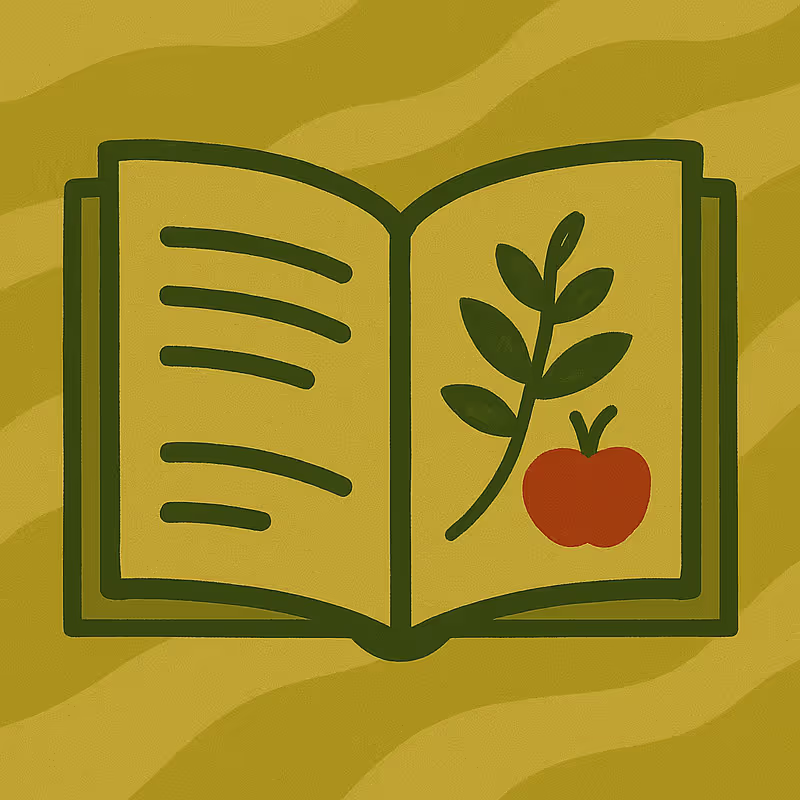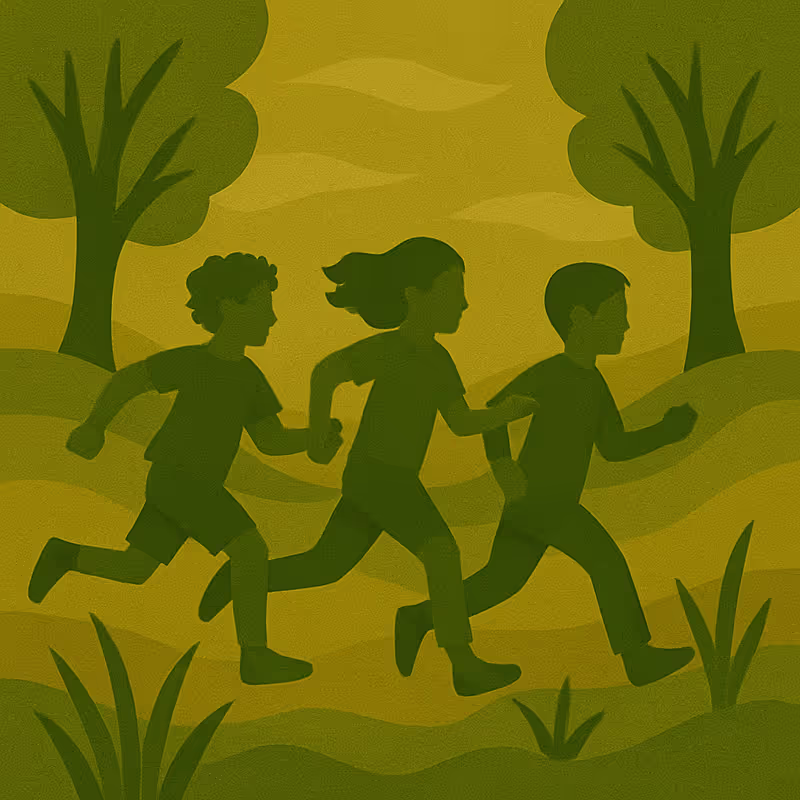Learning objectives:
- Envision alternative economic goals focused on wellbeing rather than profit
- Apply systems thinking and leverage points to analyse the fashion system
- Reflect on utopian scenarios and imagine radically sustainable futures
The worldviews, goals, values and rules that govern the fashion system are embedded in its practices.
Powerful fashion retailers present products as cheap and disposable by masking the human and ecological costs of fashion, especially when borne by communities in the Global South.
Beyond growth: rethinking the fashion system
To create a better fashion system that supports biodiversity and human wellbeing, we need to shift its goal away from economic growth to prioritising wellbeing for people and the planet (Arthur, 2024, p. 21).
The Intergovernmental Panel on Climate Change or the IPCC (the United Nations group of scientists with expertise on climate change) itself has recognised the need to ‘prioritise human well-being and the environment over economic growth’ (IPCC, 2022, p. 514).
In practice, this means reducing overproduction and overconsumption of clothes, because it doesn’t benefit people, or biodiversity and nature. Only a drastic reduction in clothes production can reduce the impact of the fashion industry on nature and give us the opportunity to make the little remaining production sustainable and support people’s wellbeing.
But what about the 25 million people globally who rely on the fashion industry for income, particularly women in the Global South (Fletcher & Tham, 2019, p. 18)? In that sense, the fashion system does contribute to people’s livelihoods, women in particular. But the fact that the fashion industry gives work to people is not sufficient to continue in the same direction. Working conditions in the fashion system tend to be terrible, and workers paid less than a living wage (War on Want, 2023).
A reduction in production must be planned with care and justice at its core. It must centre the rights, dignity, and aspirations of fashion workers (War on Want, 2023). People’s jobs are on the frontlines, and, as we saw in the module on Biodiversity and the natural world in crisis, people on low incomes, in particular women in the Global South, are among the most vulnerable to the effects of biodiversity loss and the climate crisis.
Deep leverage points: worldviews, goals, values and rules
Fashion is a system which uses a colossal amount of resources (War on Want, 2023). Can you imagine a future where most of these 25 million workers would be supported to transition to meaningful and well-paid jobs, to contribute to achieving wellbeing in their own countries, rather than making unnecessary amounts of clothes for the Global North?
Drawing from the deep leverage points that IPBES identified as having high potential to address the biodiversity crisis (IPBES, 2022), we can apply these to reimagine fashion:

Redefining the ‘good life’
What if success in life wasn’t defined by how much you own or how often you update your wardrobe, but by:
- A sense of purpose and of community in your life
- Access to affordable, nutritious food, good housing, clean electricity, good education, good healthcare
- Access to nature
- Financial stability and free time
- Living in harmony with people and the planet?
Changing values and behaviours
What if the fashion norms we celebrate were rooted in care, creativity, and sustainability?
- ‘Cool’ might mean curating your own unique, timeless style.
- Beautiful clothes would be those that last, that reflect who you are, and that honour the people and ecosystems behind them.
- Wearing an item more often would increase its value, not diminish it.
- Clothes would be cherished, repaired, passed on, and creatively transformed.
Rewriting the rules
What if the fashion system was regulated to protect people’s wellbeing and biodiversity?
- Advertising that promotes overconsumption could be banned.
- Brands could be legally required to limit production, use truly sustainable materials, pay living wages and respect workers’ rights.
- Governments could mandate extended producer responsibility, worker representation, and biodiversity protection across supply chains.
These deep leverage points are where real system transformation begins.
What if we stopped making new clothes?
Activity: What if we stopped making new clothes? (15’)
Prompt: According to the British Fashion Council, we have already produced enough clothes for the next six generations. What if we collectively decided to pause the production of new clothes for, say, the next 20 years? What kind of fashion system would emerge?
Consider the following questions:
- How would we treat the clothes in our wardrobe?
- How could we swap, repair, and remake clothes to keep fashion exciting?
- How could governments and businesses ensure a decent living for the 25 million workers in the fashion industry whose jobs would be impacted?
- What other kinds of businesses might thrive in a sector of zero new production?
- How would the price of the available clothes be set to ensure that the available clothes do not become the exclusive remit of wealthy people?
- How could governments ensure the fashion system protects biodiversity and human rights?

Here are some ideas for inspiration about what the future of fashion could be, from Textile Exchange (Arthur, 2024, p. 9):
- The amount of clothes made of synthetic material from fossil fuels is phased out in favour of high-quality, durable items made of organic or recycled material.
- The amount of newly produced clothes is limited.
- Clothes’ prices reflect their actual value.
- Governments support businesses offering services like repairing, remaking, reselling, renting, taking-back used clothes.
- Businesses are legally required to ensure good working conditions and a living wage for all workers in the fashion system.
- Advertisements promoting overconsumption are banned.
- We shift to alternative business models giving more involvement to workers and consumers to shape the fashion system.
- Governments adopt strong environmental and labour laws, aligning the fashion system with planetary boundaries and human rights.


















